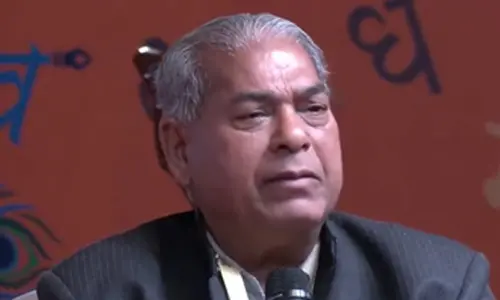Know the rules while withdrawing your PF

The easiest and possibly the most convenient of all forms for retirement savings has been through contribution towards the Employee Provident Fund (EPF) or PF as it’s popularly known as for the organized sector of employees.
The easiest and possibly the most convenient of all forms for retirement savings has been through contribution towards the Employee Provident Fund (EPF) or PF as it's popularly known as for the organized sector of employees.
However, the EPF is also seen as forced savings especially with the younger earners who would like to splurge and consume more of their earnings.
The constant and frequent query in any of the tax planning sessions over the years has been on the lower take-home or net earnings due to this cut in their salary.
There're are also queries where the employees feel hurt as the employer's contribution is also part of the Cost-To-Company (CTC) which is an employee's gross earning barometer.
But as they age so as they gain wisdom and understand the importance of having contributions towards the nest-egg. Particularly, as most turn to the forties or having put an experience of 15+ years of service, they tend to wake up to the need for higher saving for retirement corpus.
The other immediate goals or needs like house construction/purchase, children's education take over the priorities pushing the larger need to the one of the least on the list of priorities.
The restrictions of withdrawal or liquidation of EPF, here, comes as a boon for many reluctant savers as the initial meagre contributions add up and compound to larger sums over periods of time.
Moreover, with the increased earnings, a higher absolute quantum is topped up to the existing corpus making it a meaningful asset for the individuals. Employees migrating between organizations could always transfer their PF to ensure the continuity.
Either due to lack of awareness or at time due to the cumbersome process (between various trusts, etc.) some of the contributors withdraw during the job switches.
At times, though the employee doesn't need to withdraw would do it due to the less flexibility and clumsy transitions. If put to productive usage like purchase of house, etc. then the redeemed funds would have meaning but if unutilized properly, would lead to not just erosion of asset but a dent in the long-term planning of retirement.
The EPF corpus is a combination of employee contribution, employer's contributions and the interest earned on both the contributions.
The changing times demand for an agile approach especially with the current economic malaise and flexible (unconventional) structure of the employment.
EPFO, Employee Provident Fund Organization, the regulatory body of the EPF has come up with various changes that encourages the employees to not only stick to the discipline of contributions but provide liquidity for the needy.
EPFO now allows a subscriber to withdraw up to 75% of the accumulated EPF corpus after one month of quitting the job. The remaining amount could also be withdrawn if the subscriber is unemployed for more than two months.
This helps the needy to tide over the dire liquidity situation.
The government, sensing, the long-term benefits of continuing the EPF has put some disincentives by putting some tax restrictions for dipping into EPF corpus before the retirement.
The newer Income Tax (IT) law stipulates an EPF withdrawal to taxation if the employee hasn't rendered service for at least a period of five years. The tax is calculated on the financial year in which the EPF is withdrawn.
Though, in cases of job switch, the EPFO considers the continuation of service period if the EPF is transferred to another employers. All the withdrawals before five years of continuous service attract 10% TDS (Tax Deducted at Source), however, it's waived if such a withdrawal is doesn't amount to Rs. 50,000 or the employer has shut shop.
The subscribers whose withdrawal is more than Rs. 50,000 could avail the waiver of TDS by submitting Form 15G where the total income earned for that year is under the taxable limits. Form 15H could be used for subscribers who're senior citizens i.e. of age 60 year and above.
If the continuous service is less than five years, the withdrawal part of the employer's contribution and the resultant interest earned is considered as 'salary' and is taxable for that financial year.
It's also to be noted that even the employee's contribution is taxable in a case where the employee has earned tax deduction in the sec 80(C) during the contribution phase.
Even in cases where the employee's or subscriber's contribution is non-taxable, the interest earned on it is taxable under 'income from other sources' during such a pre-mature withdrawal.
















